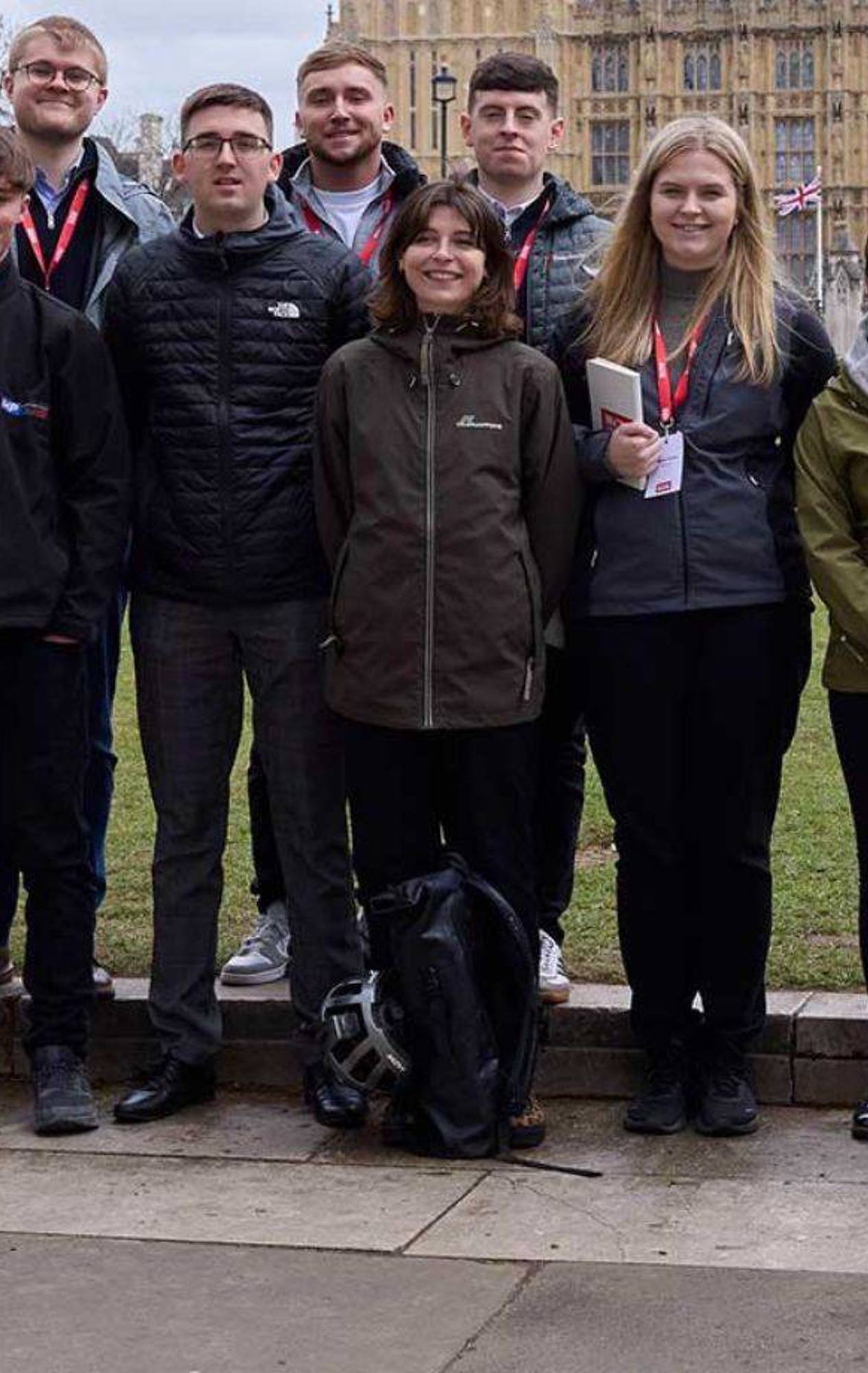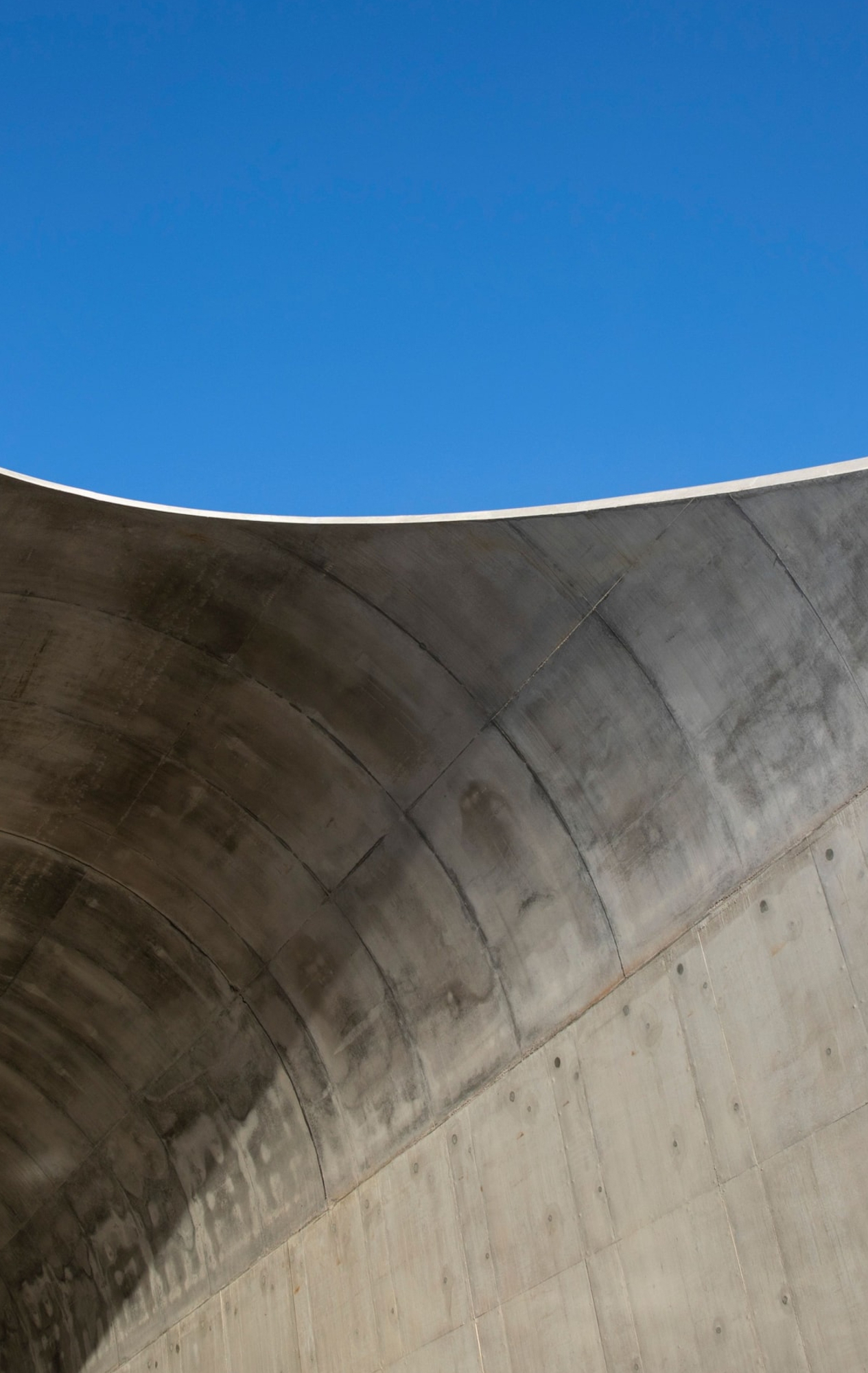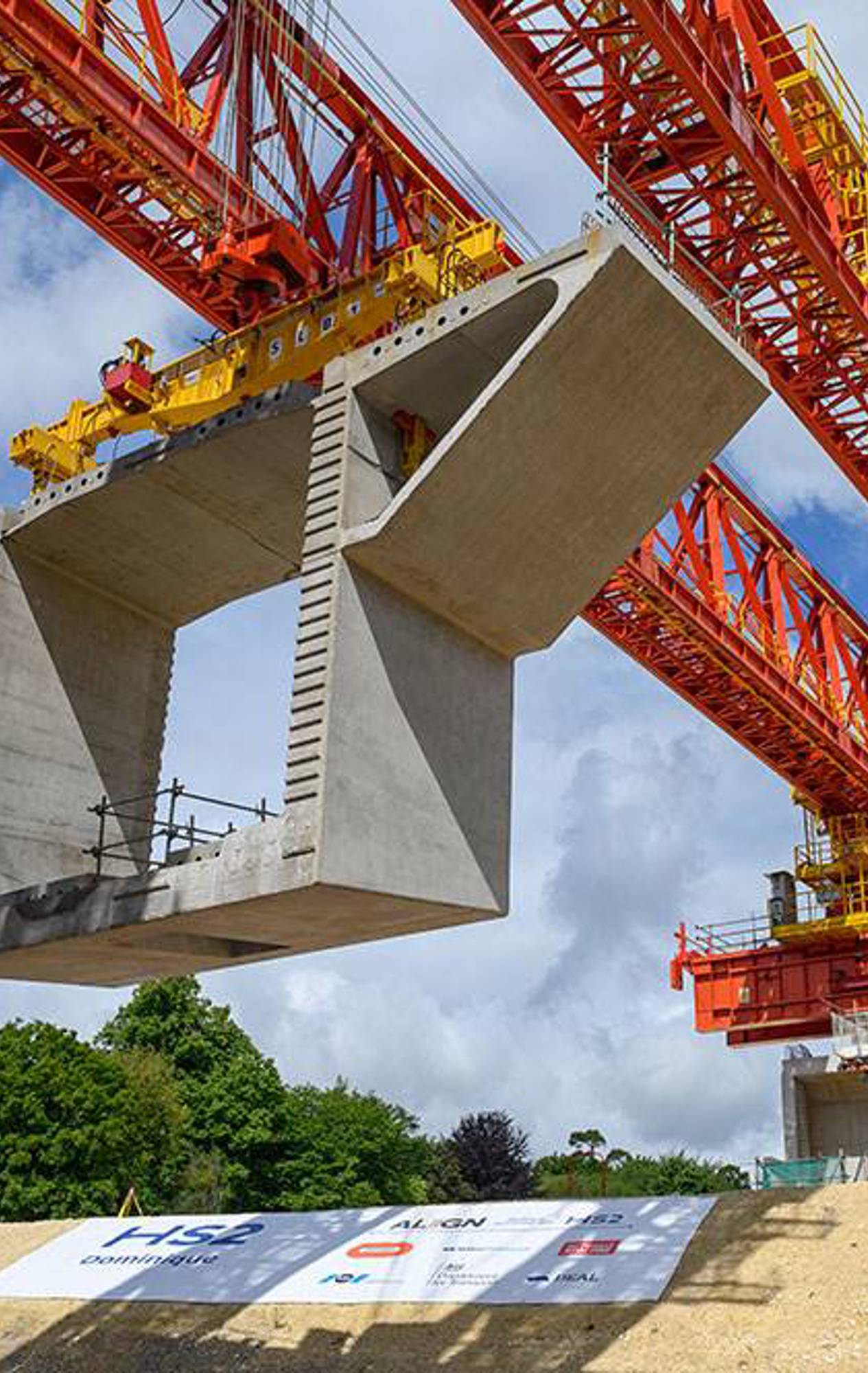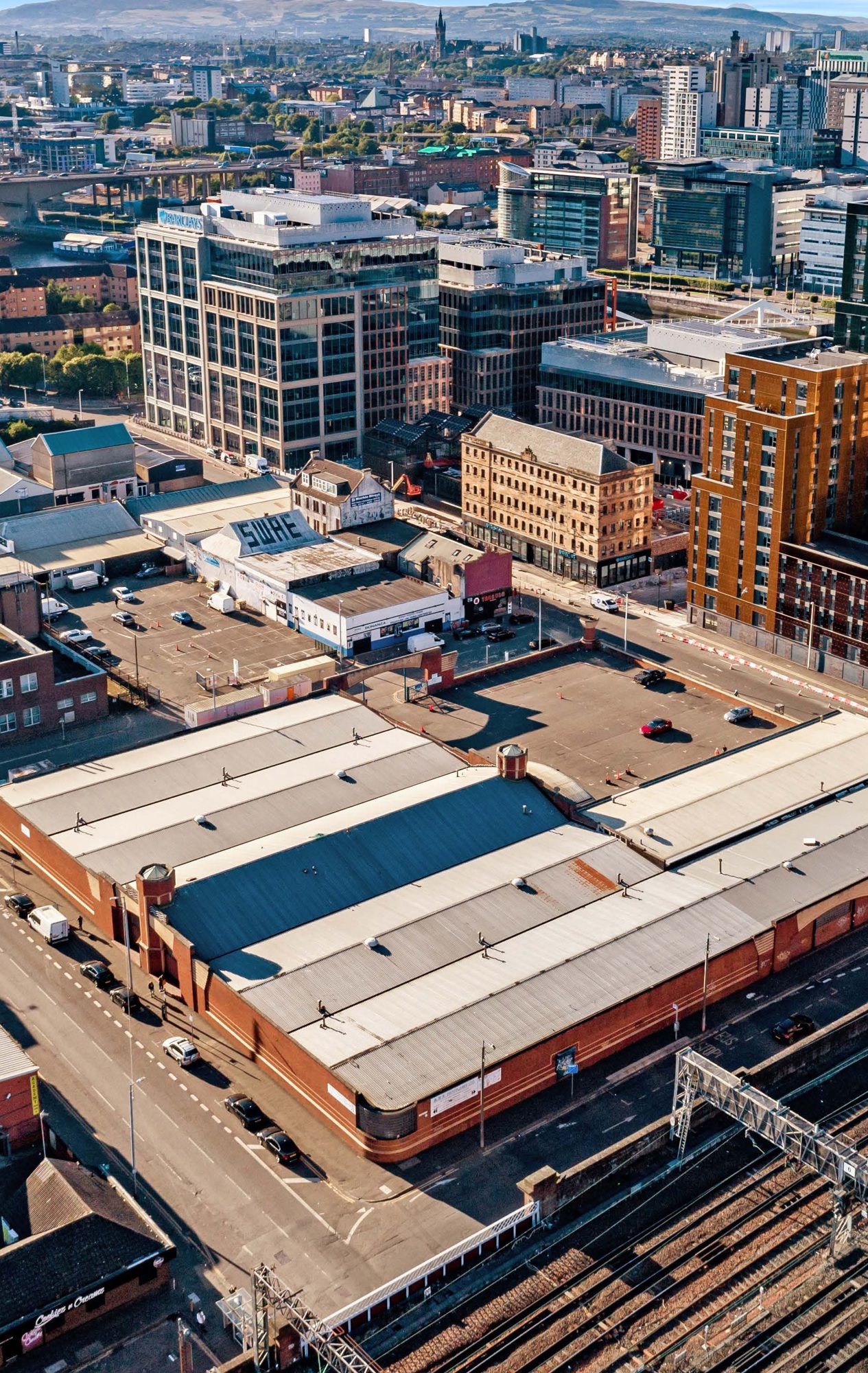Preserving history: Restoring the iconic Elizabeth Tower
Our Special Projects team worked meticulously to restore the Elizabeth Tower and bring back its former glory.
Here Cristina Ruiz Nolasco, Senior Digital Construction Manager, shares her unique experience working on the restoration of Grade 1 listed Elizabeth Tower.
 Following our work on the restoration of Grade 1 listed Elizabeth Tower within the Palace of Westminster we sat down with Cristina Ruiz Nolasco, Senior Digital Construction Manager at Sir Robert McAlpine, to hear about her unique experience working on the UNESCO World Heritage Site, and how the project required an innovative approach aligning traditional methods with modern methods of construction.
Following our work on the restoration of Grade 1 listed Elizabeth Tower within the Palace of Westminster we sat down with Cristina Ruiz Nolasco, Senior Digital Construction Manager at Sir Robert McAlpine, to hear about her unique experience working on the UNESCO World Heritage Site, and how the project required an innovative approach aligning traditional methods with modern methods of construction.
“BIM is a niche area for historic buildings,” Cristina tells us, “And the BIM Level 2 requirements for the project allowed us to think outside the box and push the use of technology.”
With this digital focus, online asset tracking platform Zutec played an indispensable role in project operations. “It’s not something that the client was asking for initially, but something that we thought we needed to deliver the project. All the fabric elements of Elizabeth Tower have a historic value, and we needed to make sure that they went back to the same location after restoration.”
By tracking each fabric element on Zutec, such as the 3,433 unique pieces of cast iron on Elizabeth Tower’s roof, the team could clarify what work was taking place, to which elements, and the stage they were currently at.
“The design team could just log into the system, look at the photos which had been uploaded and approve which pieces were allowed to come back to site from Shepley’s workshop where they were being restored.” This proved to be a valuable time saver and reliable assistance in the essential process of quality assurance.

In order to fully capitalise on Zutec’s benefits, the team held workshops early on in the project to adapt its system’s form templates to better suit the craft know-how of the project specialists. “Its very user friendly”, Cristina adds, “the on-site specialists took ownership of it and saw that it was easy to use on the spot.”
Zutec also provided additional, long-term benefits past the project’s close. First and foremost, the client wanted to build an asset list of maintainable architectural features on the site. Such lists usually exist for M&E systems, but for historic buildings like Elizabeth Tower, architectural features, from rooftiles, to spears, to windows require maintenance. This information could be exported directly from Zutec, and Cristina tells us the client has even decided to renew the platform license for another year: “The data is valuable for further works on the rest of the estate, and for providing information on how its historic materials age.”
A project as complex as the successful restoration of the Elizabeth Tower had to overcome a number of challenges. Cristina points to the excellence of Sir Robert McAlpine’s in-house McAlpine Design Group, working in conjunction with PHD Access, who designed a complex, self-supporting scaffold for the restoration.
Security was another hurdle, and not just entering the site, but for the project’s digital tools: “Dealing with the restrictions was quite challenging. For example, we weren’t allowed to use most software that are cloud based. Data security is now a discussion everyone is taking part in, but back when we started the project, we’re talking about 6 years ago, the conversation wasn’t as widespread.”
Whilst the project may have had its learning curves, it’s one Cristina is immensely proud to have been a part of, alongside a tight-knit and passionate project team.
Elizabeth Tower is an iconic part of UK history. In our industry you work on many buildings, but how many can you mention to friends and family to instant recognition and impressed faces? We really had a sense of the importance of the location, and our role within
Cristina Ruiz Nolasco Senior Digital Construction Manager

The renovation of the iconic Elizabeth Tower won Digital Construction Project of the Year at the Digital Construction Awards on 4th July.
The winning team from Sir Robert McAlpine, Purcell Architects, and UK Parliament Strategic Estates. (Photo: ASV Photography Ltd.)
Our Special Projects team worked meticulously to restore the Elizabeth Tower and bring back its former glory.
This year, our Annual Apprenticeship Conference included a talk about the restoration of the Elizabeth Tower.
Nick Sturge, Project Manager, Sir Robert McAlpine Special Projects, and Shauna Farrell, Chief Engineer, Sir Robert McAlpine Special Projects, share the "once in a lifetime" experience of working on the restoration of the Elizabeth Tower.
The Elizabeth Tower conservation project marked a major milestone yesterday, when the final piece of the scaffolding enclosing the 96m high building was slotted into place.
Our Align JV builds tunnel extensions for HS2 to stop sonic booms from 200mph trains entering the 10-mile Chiltern Tunnel.
Download the Annual Report and Accounts that accompany our financial results 2023-24.
Sir Robert McAlpine Capital Ventures and Buccleuch Property acquire 101 Centre Street, securing income and unlocking major redevelopment potential in Glasgow's southbank.





